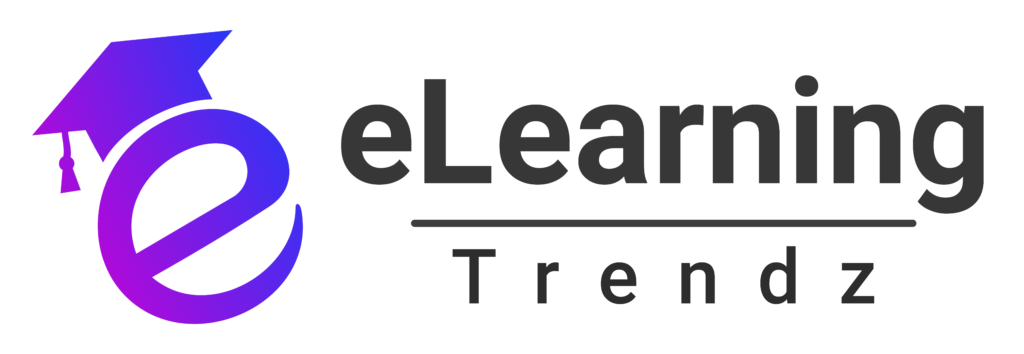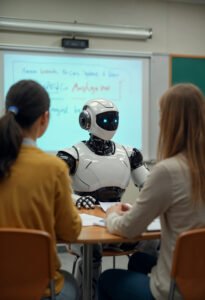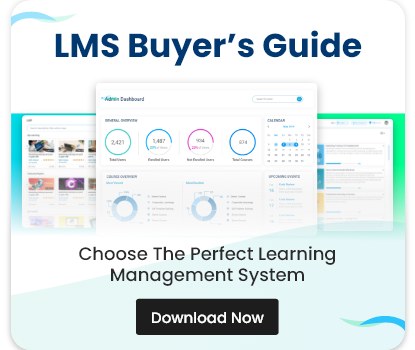Virtual Reality (VR) technology has come a long way in the last few years, and its impact on the education sector is nothing short of revolutionary. As the world of education continues to embrace digital tools, VR classrooms are emerging as a powerful learning solution. This blog explores how virtual reality classrooms are reshaping education, providing students with immersive learning experiences that engage and inspire. We will discuss the benefits, challenges, and future possibilities of VR in education.
What Are Virtual Reality Classrooms?
Virtual reality classrooms use VR technology to create simulated, interactive environments for students to explore and learn in. Unlike traditional learning methods, where students passively absorb information, VR classrooms allow learners to actively engage with content in a three-dimensional, immersive space. With VR headsets and motion sensors, students can interact with virtual objects, manipulate digital environments, and collaborate with peers in real time—creating a fully immersive learning experience.
This innovative approach brings learning to life, offering students the ability to experience things they might never have the chance to in a traditional classroom setting. Whether it’s exploring ancient history, conducting complex science experiments, or practicing real-world skills, VR classrooms open up limitless possibilities for experiential learning.
The Key Features of Virtual Reality Classrooms
What sets virtual reality classrooms apart from traditional learning environments are the advanced features that make learning engaging and impactful. Some of the most exciting features of VR classrooms include:
- Immersive Learning Environments: Virtual reality creates an immersive world where students can engage in 360-degree environments, interacting with 3D objects and scenes.
- Real-Time Collaboration: Students can collaborate in real time, whether they are exploring a virtual field trip together or working on group projects within the VR environment.
- Interactive Learning: VR classrooms allow for hands-on, interactive experiences that promote active learning, such as virtual dissections, historical simulations, and architectural designs.
- Personalized Learning Paths: AI can adapt VR learning environments to fit each student’s pace and skill level, providing a customized learning experience that traditional classrooms cannot.
The Power of Immersive Learning Experiences in VR
Immersive learning experiences are at the heart of what makes VR classrooms so revolutionary. Unlike passive learning methods, where students may simply listen to lectures or read textbooks, VR offers an active, hands-on approach that engages multiple senses and enhances learning retention.
For example, in a history class, students can step inside a VR simulation of Ancient Rome, exploring the city, interacting with the environment, and experiencing life as it was during that era. In a biology class, students can walk through the human body, studying organs and systems in 3D. These immersive experiences make learning more engaging, memorable, and effective.
Benefits of Immersive Learning with VR
Immersive learning experiences in VR offer several benefits that enhance education:
- Enhanced Engagement: Students are more likely to stay engaged with lessons when they can interact with the content in a meaningful way, rather than just reading or listening to information.
- Improved Retention: Studies show that students retain more information when they are immersed in hands-on, experiential learning environments. The interactive nature of VR helps reinforce concepts.
- Safe Learning Environment: VR allows students to practice dangerous or complex tasks in a risk-free environment. For instance, medical students can perform virtual surgeries without any of the associated risks.
- Global Access: VR classrooms break down geographic barriers, allowing students from around the world to access the same high-quality learning experiences, regardless of location.
Challenges and Limitations of Virtual Reality Classrooms
While virtual reality classrooms offer numerous benefits, there are also challenges that educators and institutions must consider:
Cost of Implementation
One of the primary challenges of VR in education is the initial cost of setup. VR headsets, motion sensors, and other equipment can be expensive, and implementing a VR classroom may require significant investment in technology and training. However, as VR technology continues to evolve, costs are likely to decrease, making it more accessible for schools and universities.
Learning Curve and Technical Issues
While VR is a powerful tool, it also requires a certain level of technical knowledge to set up and operate. Both educators and students may need training to effectively use VR systems. Additionally, technical issues such as software glitches or hardware malfunctions can disrupt the learning experience.
Physical Limitations
Not all students may be comfortable with VR technology, particularly if they experience motion sickness or other physical discomforts. It’s important for educators to provide alternative learning options for students who may not be able to fully engage with VR-based content.
How VR is Transforming Education: Real-World Applications
The use of virtual reality classrooms has already begun to revolutionize the way students learn, with various industries and academic institutions adopting VR for practical training and immersive learning. Some of the most promising applications include:
- Medical Training: VR allows medical students to practice surgeries, diagnose conditions, and learn anatomy in a controlled, virtual environment, without the risk of harming patients.
- Engineering and Design: Engineers and designers can use VR to visualize complex structures, conduct simulations, and collaborate on designs in a virtual space.
- Virtual Field Trips: VR allows students to visit distant or otherwise inaccessible locations, such as the surface of Mars or the depths of the ocean, without ever leaving the classroom.
- Language Immersion: Students learning new languages can practice conversational skills and immerse themselves in virtual environments where the target language is spoken.
The Future of Virtual Reality Classrooms
The potential for virtual reality classrooms is virtually limitless. As technology continues to evolve, we can expect VR to become an even more integral part of the education system. Future developments may include:
- More Accessible Devices: As VR technology becomes more affordable, it’s likely that schools and universities will implement VR programs on a larger scale.
- Fully Integrated Learning Ecosystems: VR will be integrated with other digital learning tools, such as artificial intelligence and data analytics, to create fully personalized learning environments for students.
- Collaboration with AR/VR Hybrid Tools: Augmented reality (AR) will combine with VR to enhance learning experiences further, creating even more interactive and immersive environments for students.
Conclusion: Embracing Virtual Reality in Education
The rise of virtual reality classrooms marks a new era in education. By offering immersive learning experiences that engage students in active, experiential learning, VR is transforming the way we approach teaching and learning. While challenges remain in terms of cost, accessibility, and technical issues, the future of VR in education is promising. As the technology advances and becomes more affordable, it has the potential to revolutionize education at all levels, providing students with transformative learning experiences that were once only imaginable.
In the end, the adoption of virtual reality in classrooms is not just about using the latest technology—it’s about creating more dynamic, engaging, and effective learning environments that can inspire the next generation of learners.














